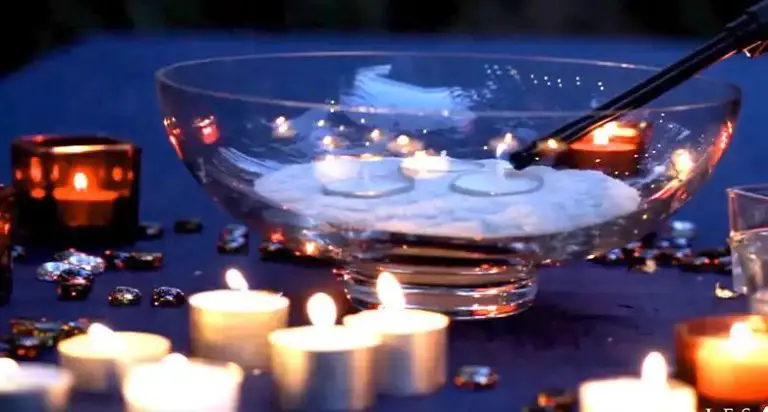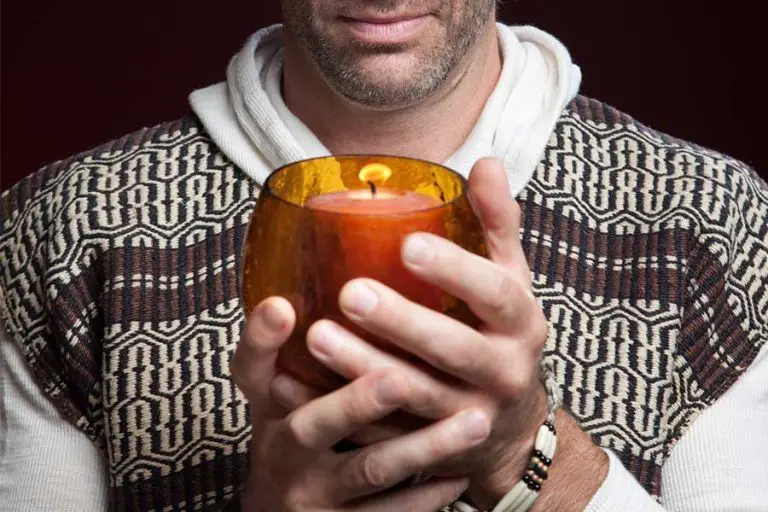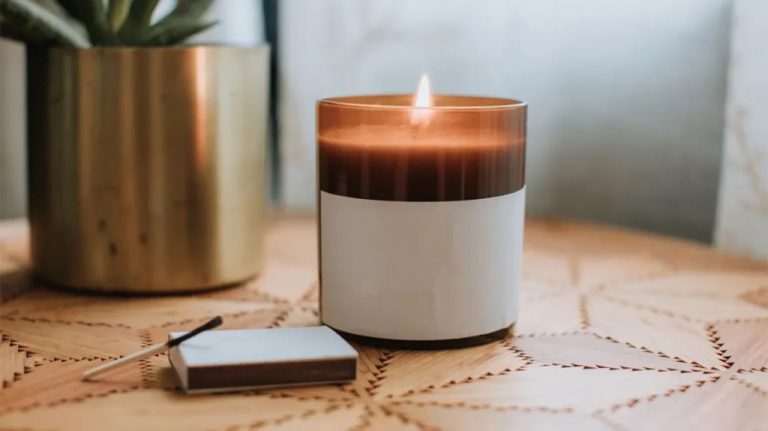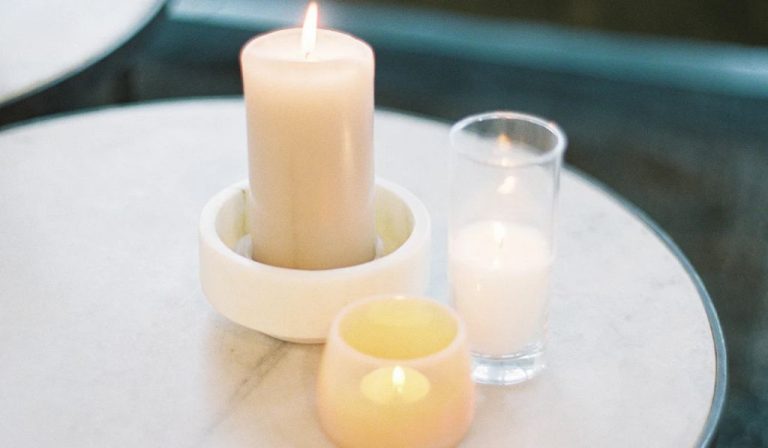What Are The Categories Of The Candle Industry?
History of Candles
The origins of candle making date back to ancient times. According to the Encyclopedia Britannica, candles were invented in China around 200 BCE using whale fat. Candle making developed independently across multiple ancient civilizations that had access to oil and animal fat. These fats were rendered and dried to make primitive candles. The Romans started making dipped candles from tallow around 500 CE. Tallow is rendered fat from cows or sheep. The Romans inserted reeds as a wick in these tallow candles. Beeswax candles were also popularised by the Romans and were even more efficient than tallow candles. The earliest beeswax candles discovered go back to the Middle Ages.
In the Middle Ages, candle making became a guild craft with tightly regulated candle production methods in parts of Europe. Candles were mainly made by hand dipping with a wick repeatedly into a vat of wax or tallow until the desired thickness was achieved. The candle wick was crucial for controlling how evenly a candle burned. While animal fats were commonly used, experimentation with beeswax, bayberry wax, and whale fat also occurred. Colonial America relied on bayberry wax, animal fats, and beeswax for candle making before shifting to spermaceti oil from sperm whales in the 18th century.
The 19th century saw major advancements in candle manufacturing with techniques to distill paraffin wax from petroleum. Paraffin burned cleaner than other materials and was more economical to produce. Paraffin soon became the dominant candle wax. The Industrial Revolution enabled mechanical automation of candle production in factories. Dipping gave way to moulding techniques enabled by paraffin’s versatility. Candles could be produced faster and cheaper to meet rising demand from households and businesses transitioning from older illumination methods like oil lamps.
Sources:
https://www.britannica.com/technology/candle
https://en.wikipedia.org/wiki/History_of_candle_making
The History of Candle Making: From Ancient Civilizations to Modern Day
Types of Candles
There are several main types of candles that are commonly used and sold in the candle industry. Some of the most popular categories include:
Taper Candles
Taper candles are long, thin candles that are generally used for decorative purposes. They come in a variety of sizes but traditionally taper candles are around 12 inches tall and 0.5 inches wide [1]. The elongaged cylindrical shape allows heat to rise and the candle to burn evenly down.
Votive Candles
Votive candles are short, cylindrical candles that are around 2-3 inches tall. They are designed to fit into small glass holders and create ambient lighting. Votive candles are inexpensive and burn for 5-6 hours on average [2].
Pillar Candles
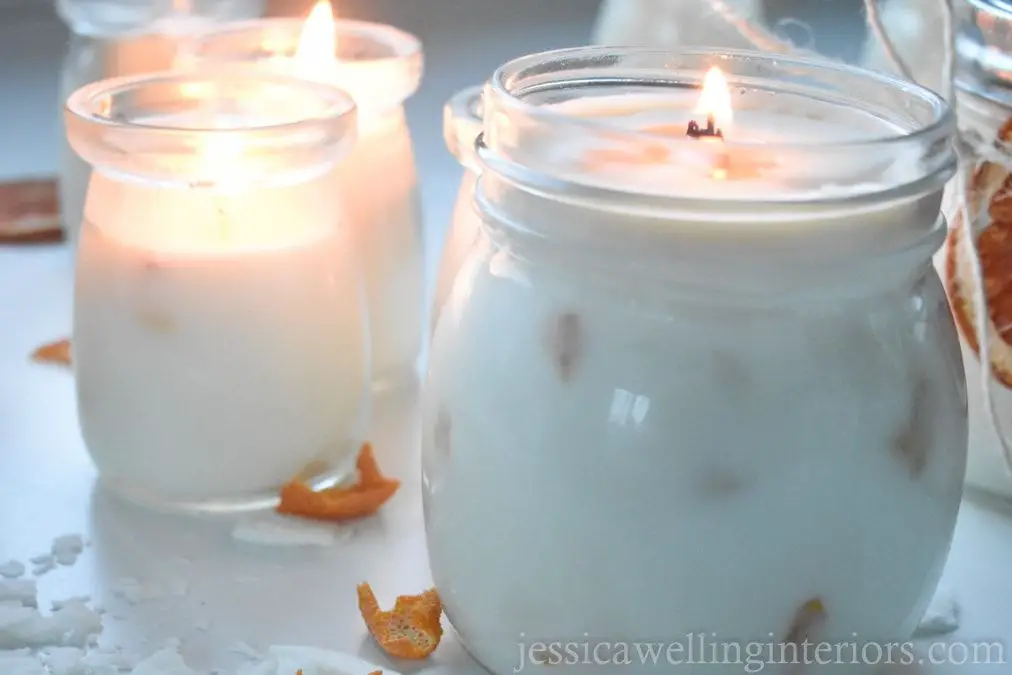
Pillar candles have a wide cylindrical shape and range from 3-18 inches tall. They are designed to stand upright and provide decoration. Pillar candles come in varying widths like 3″, 6″, or 9″ diameters. Their large wax pool allows for a long burn time.
Container Candles
Container candles come in jars, cans, or other vessels. The wax fills the container and surrounds the wick. Container candles are available in a wide variety of styles and shapes. Their burn time varies greatly depending on the amount of wax.
Floating Candles
Floating candles have a wick that protrudes in the center while the sides are encased in a bubble of wax that allows them to float in water. They are mainly used for decorative purposes in water features.
Novelty Candles
Novelty candles come in unique shapes, sizes, and designs. These can include shaped figural candles, cut-out candles, numbers, letters, animals, holiday candles, and more. Novelty candles are especially popular as gifts and collector’s items.
Candle Waxes
There are several common types of wax used to make candles, each with their own properties and benefits.
Paraffin Wax
Paraffin wax is a petroleum-based wax made from refined petroleum. It is the most commonly used candle wax and makes up the majority of candles. Paraffin wax is relatively inexpensive and easy to work with. It melts at a low temperature and produces a bright flame when burning. However, paraffin wax produces more soot than other waxes when burned and emits benzene and toluene. Some find the scent of melting paraffin unpleasant. [1]
Beeswax
Beeswax is a natural wax made by honey bees. It has a sweet, honey-like scent when burned. Beeswax is harder than other waxes so it can be difficult to work with. However, it produces less smoke and drips less when burning. Beeswax candles are biodegradable and environmentally friendly. The high cost of beeswax makes it impractical for many commercial candles. [2]
Soy Wax
Soy wax is made from hydrogenated soybean oil. It is a clean-burning, renewable and biodegradable wax. Soy wax melts at a lower temperature than paraffin, so soy candles must be burned in containers. Soy wax produces less soot and petroleum byproducts when burned. The natural scent of soy wax is milder than paraffin. However, soy wax tends to be more expensive than paraffin.
Palm Wax
Palm wax comes from the fruit of palm trees. It is a natural, biodegradable wax. Palm wax melts at a higher temperature than paraffin so it can hold its shape better in warmer environments. It also makes a harder candle with a glossy finish. However, harvesting palm oil raises environmental concerns about deforestation.
Gel Wax
Gel wax is a mixture of paraffin and mineral oil with added polymers. It looks like transparent gel or vaseline. Gel wax allows more fragrance to be added to candles before sweating or bleeding occurs. It also provides excellent adhesion to glass containers with no need to pre-heat. However, gel wax can be more difficult to work with due to its high oil content.
Candle Wicks
Candle wicks are a crucial component in candle making. The wick is responsible for bringing the melted wax to the flame zone to keep the candle burning. Wicks come in different materials, sizes, and styles depending on the type of candle being made.
Most candle wicks today are made from braided cotton (Rustic Escentuals Crafting Library). Cotton burns cleanly and evenly as the wick consumes during burning. Other materials like wood and paper can also be used for wicks. The width of the wick (referred to as the ply) needs to be sized appropriately for the candle diameter to prevent issues like tunneling.
Common wick styles include (The Ultimate Candle Wick Guide – Realicozy):
- Cored wicks – Cotton braid with a stiff core (zinc or paper) to keep wick upright
- Wooden wicks – Wicks made from wood or bamboo
- Pre-tabbed wicks – Cotton wicks with metal tabbed bottom
- Wire core wicks – Cotton wick with wire core for rigidity
The wick style impacts how the candle performs and burns. Candle makers select the proper wick to produce the ideal melt pool size, burn rate, and scent throw.
Candle Fragrances
Fragrance is a critical component of candles. Candle fragrances can be derived from natural essential oils or synthetic fragrance oils.
Essential oils are extracted from plants and flowers like lavender, rose, and citrus fruits. They provide authentic, natural scents but can be more expensive and delicate. Common essential oils used in candles include eucalyptus, tea tree, peppermint, and lemon https://www.candlescience.com/fragrance-oil/.
Synthetic fragrance oils are artificially created in labs. They offer more variety, strength, and affordability compared to essential oils. Popular fragrance oil scents include apple cinnamon, vanilla, clean cotton, and mahogany teakwood https://www.candlescience.com/fragrance-oil/all-fragrance-oils/.
Recent fragrance trends include natural scents like cedarwood and sandalwood, fruity scents like strawberry and mango, and aromatherapy scents like eucalyptus and lavender.
Candle Dyes
Candle dyes are used to add color to candle wax. There are two main types of candle dyes – liquid dyes and solid dyes. Liquid candle dyes are concentrated oils that mix easily into melted wax. They allow for exact color measurement and uniform distribution of color. Popular brands of liquid dyes include CandleScience and Bramble Berry. Solid dyes come in chip or block form and melt into the wax. They offer bold, vibrant colors but can be more difficult to blend evenly. CandleWic offers a wide selection of solid dye blocks.
Candle dyes come in every color imaginable. Primary colors like red, yellow, and blue are most common. Pastels like pink, lavender, and mint are trending for spring and summer candles. Metallic colors like gold and silver are popular for holiday candles. The level of dye concentration impacts the vividness of the color. Deeper shades require more dye. Most candle makers recommend starting with a small amount of dye and adding more as needed.
Color trends in the candle industry shift with the seasons. Warm tones like reds, oranges and browns are popular in the fall. Winter sees cooler tones like blues, silvers, and whites. Spring brings pastels while summer sees bold brights. Nature-inspired greens and earth tones are always on trend. Popular pairings include blue and white, pink and gold, and red and green.
Candle Containers
There are three main types of materials used to make candle containers:
Glass
Glass is one of the most popular materials for candle containers. Glass jars allow the candle light to shine through and highlight the color and designs inside the jar. They also allow you to easily see how much wax remains (https://jarstore.com/candle-containers/glass-candle-jars/). Glass comes in many shapes, sizes, and colors to fit any aesthetic. Clear glass jars are versatile and let the candle be the star. Frosted, colored, and painted glass add more decorative elements to the candle.
Metal
Metal candle containers like tin and aluminum cans and vessels provide a more industrial, rugged look. Tins are often used for container candles and allow full customization of the label. Copper and other metals impart a rustic, antique feel. Metal conducts heat well and can get hot while the candle burns, so handle with care. Vintage, distressed metal containers are popular for a shabby chic or farmhouse style (https://www.candlescience.com/containers/candle-jars/).
Ceramic
Ceramic containers like jars, pots, and ramekins allow for beautiful, artistic designs from artisan potters. The rough, natural texture of ceramic containers contrasts beautifully with the smooth wax and flames. Ceramics insulate heat better than glass and metal. Unglazed ceramics allow the candle scent to pass through porous walls. Glazes can provide glossy colors and patterns that complement the candle color.
Candle Safety
Candles pose a serious fire hazard if not used properly. According to the National Fire Protection Association (NFPA), an estimated 9,300 home fires are started by candles each year in the United States, causing 86 deaths, 827 injuries, and $374 million in direct property damage.[1]
To prevent candle fires, the NFPA [2] recommends the following safe burning practices:
- Keep candles at least 12 inches away from anything that can burn.
- Use candle holders that are sturdy and won’t tip over easily.
- Put candle holders on uncluttered surfaces.
- Don’t burn a candle all the way down – put it out before it gets too close to the holder.
- Never leave a burning candle unattended.
- Keep candles out of reach of children and pets.
- Trim wicks to 1⁄4 inch each time before burning.
- Don’t burn candles near windows with curtains or blinds, which can catch fire.
- Don’t burn candles for more than 4 hours at a time.
Warning labels on candles recommend keeping them away from drafts, vents, air currents, and frequently opening doors which may cause rapid, uneven burning, flare-ups, and sooting.
By following proper safety precautions, consumers can enjoy candles while greatly reducing the risk of fires.
[1] https://candles.org/fire-safety-candles/
[2] https://www.nfpa.org/education-and-research/home-fire-safety/candles
Major Candle Brands
Some of the most popular and well-known candle brands today include:
Yankee Candle
Founded in 1969, Yankee Candle is one of the biggest and oldest candle companies in business. Known for their wide variety of scented jar candles, Yankee Candle offers fragrances like Clean Cotton, Vanilla Cupcake, and MidSummer’s Night. The company has over 500 store locations globally and produces around 500,000 candles per day. Their candles are made from a proprietary paraffin wax blend.
Bath & Body Works
Owned by L Brands, Bath & Body Works has grown to become a leading candle brand since its start in 1990. They are known for their strong fragrance formulas and extensive variety of candle scents across their collections, including seasonal fragrances. Bath & Body Works uses soy wax blends for their three-wick candles. In addition to jars, they offer unique candle forms like glow-in-the-dark luminary candles.
Other Notable Brands
Some other top candle brands include Voluspa, Nest Fragrances, Jo Malone, Diptyque, and Boy Smells. Many luxury candle brands use premium ingredients like coconut wax, fine fragrances, and sleek packaging.
Candle Industry Trends
The global candle market size is expected to grow from $13.5 billion in 2022 to $18.6 billion by 2029, at a CAGR of 4.5% from 2023 to 2029 according to a report by Transparency Market Research. Growth is being driven by increasing demand for natural, organic, and eco-friendly candles.
The candle industry experiences seasonal spikes around major holidays. Sales peak in the winter months around Christmas, Hanukkah and Kwanzaa. There are also spikes around other holidays like Valentine’s Day, Easter, and Halloween. Many candle companies make the majority of their annual sales during the winter gift-giving season.
Some key innovations in the candle industry include the rise of soy, coconut, and beeswax candles as natural alternatives to paraffin. There is also growing interest in wooden wicks, unusual fragrances like bacon or cookie dough, and creative candle vessels. Personalized and customizable candles are gaining popularity. New candle styles like flameless LED candles are emerging as well. Scented candle specialty retailers are expanding through online stores and subscription boxes.


